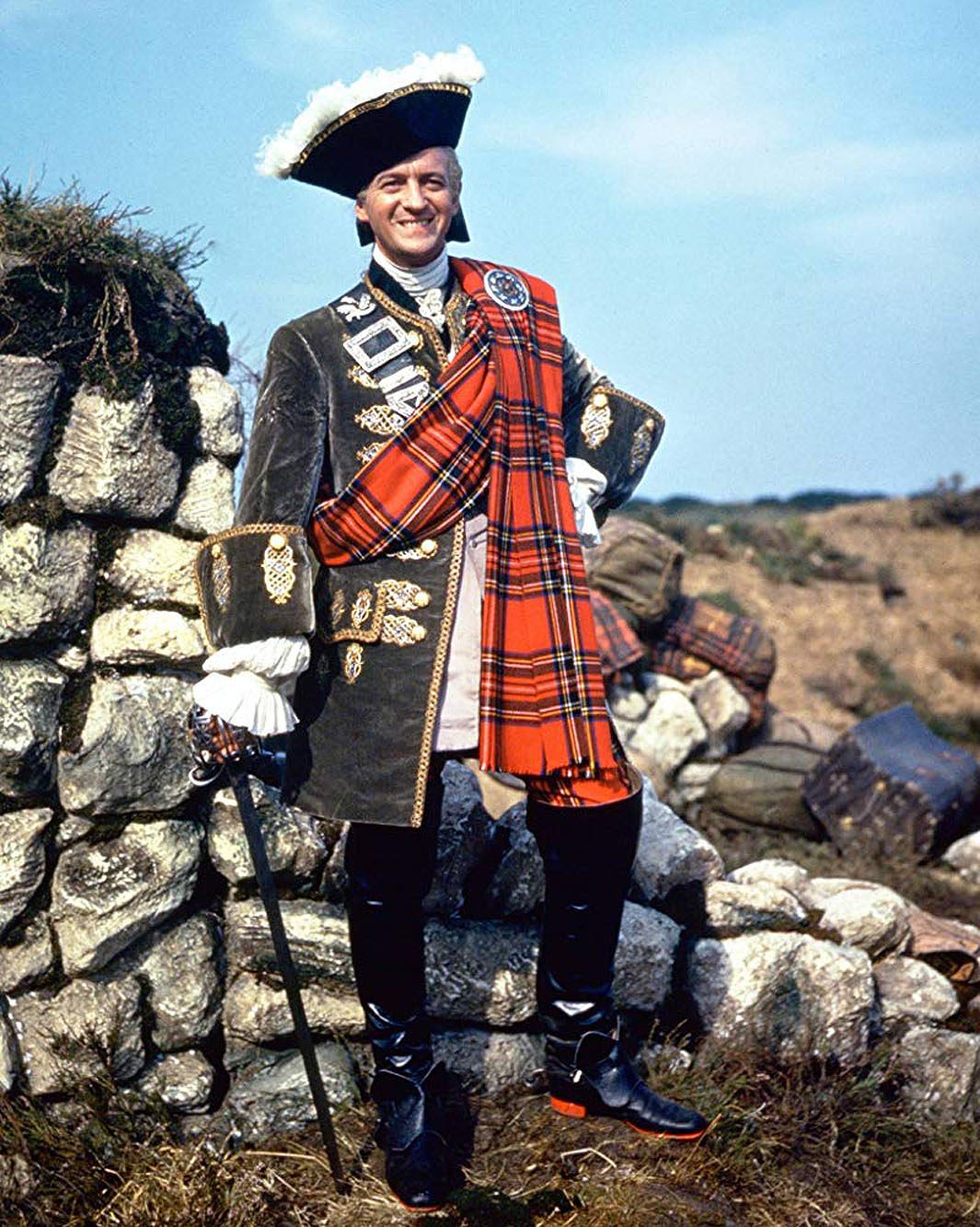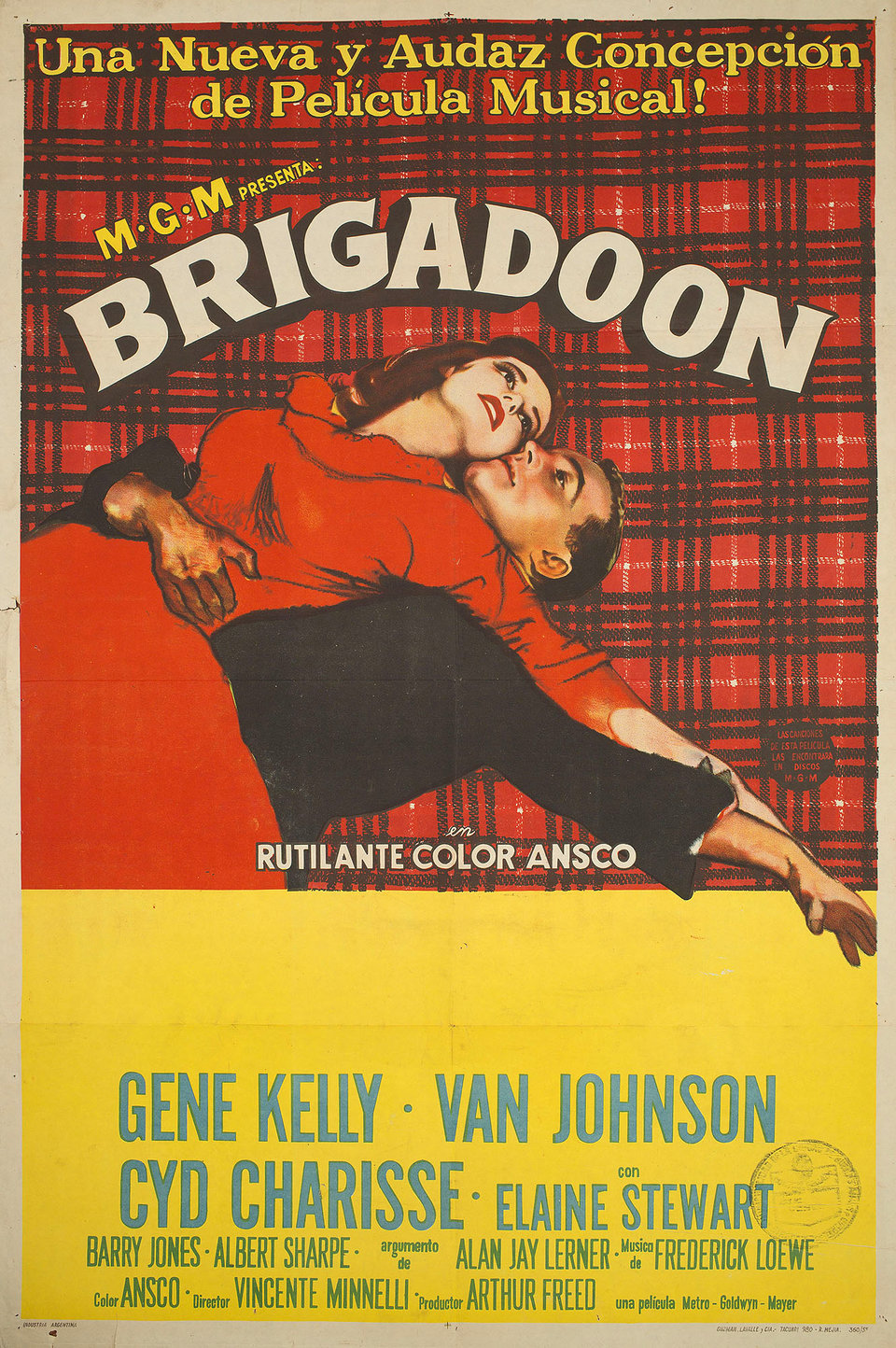
Embroidered into our culture and history, tartan has become a worldwide symbol of Scotland.
From clans to catwalks, shortbread tins to the silver screen, the famous checked design is known around the globe. Now, tailor and fashion designer Vixy Rae, who co-owns Scotland’s oldest tailors, Stewart Christie in Edinburgh, has delved the history of tartan, exploring its origins as well as its links with art and culture.
“Tartan is a bold, unshakeable, resonant statement of Scottishness,” says Vixy. “It echoes with pride, unity, passion, rebellion. It just depends how, and if, you choose to wear it.”
Here, Vixy shares some fascinating facts about tartan.
The Secret Life Of Tartan, Vixy Rae, Black & White, out November 14
THAT QUESTION
The old question of “What does a Scotsman wear under his kilt?” has its own origins, too. In Pictish times, the day-to-day outer garment for a man was simply a long shirt, the tails of which were about knee length. A tunic-like garment, it was made from up to nine metres of linen. Modern shirts takes about two metres.
So the simple answer to the under-the-kilt question is “nothing”, as the tunic did act like an underskirt.
FILM
In 1948, David Niven was cast as Bonnie Prince Charlie in glorious Technicolor.
Niven wanted the part so much that he did the audition in full Highland dress to impress Samuel Goldwyn. The “epic” was to be filmed on location in Fort William and in studios in London; Niven wanted to escape Hollywood, so this was his perfect chance.
Start to end, the film was Royal Stewart tartan. The vibrant red gave the screen an amazing blaze of colour, and, as tartan’s first outing in Technicolor, it looked resplendent.
Six years later, another tartan fest brightened up the big screen when Brigadoon told the story of two Americans stranded in Scotland stumbling on the magical village that only appears once every 100 years.
Tartan is prominent and the symbolism starts when the friends cross over the bridge to the village and awaken a young girl sleeping under a tartan blanket. The attire remains untouched by time, allowing the costumer designer to give it a mid-century touch.
MUSIC
The punk, led by the Sex Pistols, loved it, of course, but it wasn’t until a band from Aberdeen – no, the one near Seattle – had a 1991 hit with Smells Like Teen Spirit that music culture made tartan accessible again.
Nirvana were at the forefront of grunge and their music was spawned from punk, metal and indie rock, with themes of social alienation, neglect, betrayal and emotional isolation.
Part of the grunge uniform was the tartan or plaid shirt, worn open over a faded T-shirt and washed-out ripped jeans; mid-length surfer hair with stubble (for the boys) completed the look.
NEW FRONTIER
In 1969, a swatch of MacBean tartan was one of the items taken to the moon by astronaut Alan Bean on Apollo 12, establishing tartan’s truly universal status.
REBELLION
In 1746, the Act of Proscription sought to prevent further uprising against the Crown.
It was the royalist regime’s second attempt to remove a key element of the Highlanders’ unity and their clan empowerment by making it illegal to wear certain types of garments.
The common misconception is the Act was a ban on tartan, but it wasn’t, and it didn’t apply to everyone. It was a restriction by the English over the Scots and, in some sense, it was more of a disarmament than anything else.
It was not put in place to affect the gentry or nobility of the cities, nor was there a restriction on women and children.
Instead, it was firmly aimed at the Highlanders and their way of life.
The “ban” was lifted in 1782 with a proclamation sent out to the Highlands.
The right to wear tartan almost came too late. By the end of the 18th Century, a whole generation had passed, and with the threat of the law and imprisonment hanging over them, people had quickly forgotten the skills necessary to make tartan.
But something was brewing in the minds of a select few (including Sir Walter Scott) in Edinburgh… A Royal Pageant would be the first time a monarch from the House of Hanover set foot on Scottish soil. The monarch was King George IV.
Scott’s dream of how the ceremony should look was pure pomp. All would be swathed in tartan, accompanied by bagpipes.
Highland dress became national costume. The demands of fashion chose, as always, style over function, as some of the surviving pieces in the National Museum of Scotland show to great effect. Tartan’s place in history was now firmly embedded.
MATERIAL
Tartan is a woven fabric, which means the strands or threads are interlaced into each other to create the cloth. The woven cloth is made up of the warp and the weft (or, delightfully, woof, depending where you live).
The warp is the longest thread which runs the length of the cloth, and the weft is the thread which goes across the width of the cloth.
Tartan is made up from what is called a twill weave…in its simplest form, twill is two strands under and two strands over.
HISTORY
The first significant attempt to record tartan patterns was an 1831 book titled The Scottish Gael.
This considerable work, by James Logan, consists of 54 patterns but seems to be more of a “fashion book” than a technical guide, as many experts have since found inaccuracies in both sett and colour, making it perhaps history’s first coffee-table book on tartan.
It is hard to believe that in this day and age there are explicit restrictions on tartan.
One particular tartan, the Balmoral tartan, is restricted to members of the royal family and the royal household.
This grey, red and black tartan – designed by Prince Albert in 1853 – can only be woven under permission from the royal family and only for use by the royal family.
ETYMOLOGY
So, what’s in a name? Scholars agree that ideas behind the origin of the word tartan vary greatly; there is no fixed answer.
Tararin was the French word for a coarsely woven cloth of blended wool and linen. Then there is tiritana from the old Spanish – it’s the word for a silk fabric, from tiritar meaning to rustle. I prefer the Gaelic claim, coming from the words tuar meaning colour, and tan meaning district, matched with tarsainn meaning across.
This supports the theory that the cloth was a recognition of region rather than clanship. Unfortunately, there is no evidence to support this claim.

Enjoy the convenience of having The Sunday Post delivered as a digital ePaper straight to your smartphone, tablet or computer.
Subscribe for only £5.49 a month and enjoy all the benefits of the printed paper as a digital replica.
Subscribe
